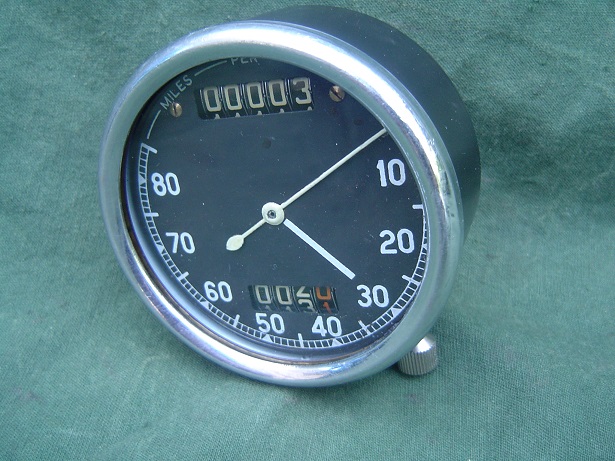
(Dampers by Armstrong, spring rates 110lbs.) Springing by combined coilspring damper units reacting through a single attachment point at each end. Independant by transverse wishbones incorporating anti-rollbar utilising Standard 10 vertical links, Lotus design top arms by Quinton Hazell and TR3 steering arms. The raw state of the body of the car, as delivered, can be seen in some contemporary photographs where the joints in the rear wings and nosecone are clearly evident. market) from around January 1960.Nearly all cars left the factory in an unpainted state for polishing or painting as required by the purchaser. clamshell front wings and tubular bumpers on Lotus Seven "America" model (U.S. Transmission tunnel sides support gearbox mounting.Īll aluminium clad body with cycle type wings to front by Williams and Pritchard of Edmonton. Floor is continuous front to rear including around engine and differential casing. Multi-tubular space-frame chassis by Progress Chassis Company of Edmonton consisting of 1" (25mm.) and 3/4" (19mm.) square and round tubing of 18 guage steel with aluminium prop shaft tunnel and floor acting as stressed members. The remainder at Delamare Road, Cheshunt Hertfordshire. First 100 (approx) at 7, Tottenham Lane Hornsey, London, N8.

No left hand drive cars were produced.Īpproximately 243. They are therefore not included in these standard specifications.Ĥ00 to 499 and 750 to 892.

It should be noted that Climax engine, de Dion cars were not a standard factory model but more of a Seven with Mark XI running gear.


 0 kommentar(er)
0 kommentar(er)
